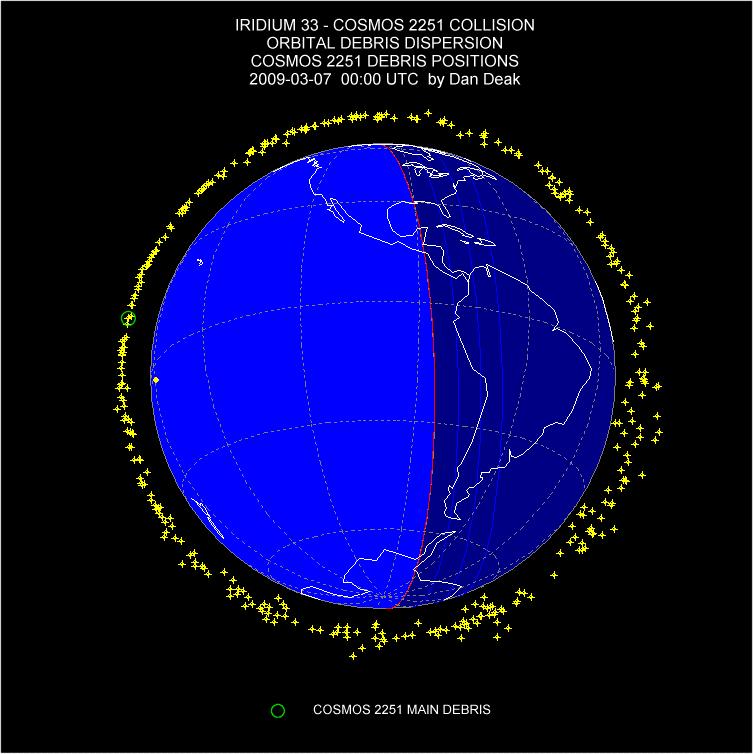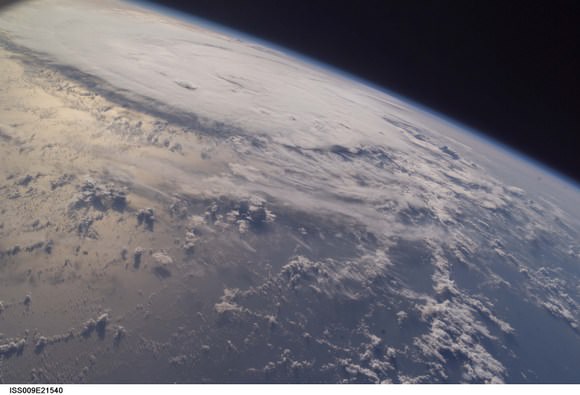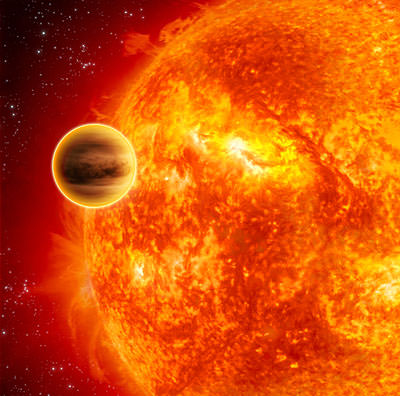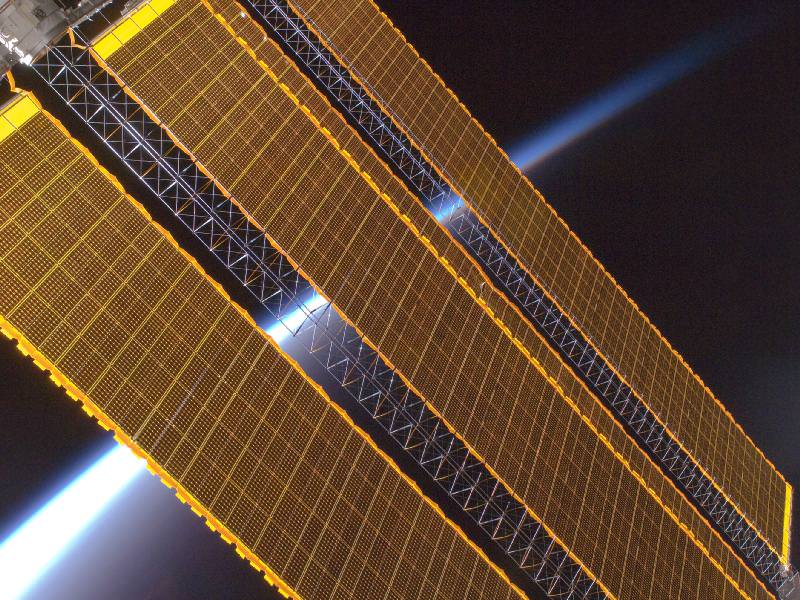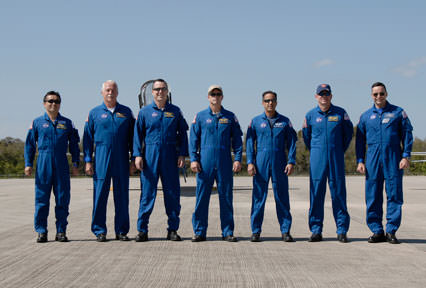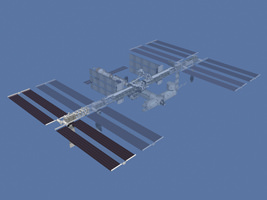[/caption]
Take a look down beneath your feet. You’re standing on the Earth’s crust. Although it seems limitless, the Earth’s crust only accounts for less than 1% of the Earth’s interior. Let’s take a look at everything that’s inside the Earth.
The Earth’s crust is the outer shell of the Earth. This is the part that has cooled down enough to solidify into rock. The crust extends down 30 km to 80 km underneath the continents, and only 5 km beneath the oceans. As you travel down through the crust, temperatures increase. The crust is broken up into several tectonic plates which “float” on top of the Earth’s mantle. In some regions, plates are sliding underneath one another, recycling rocks into the Earth. The crust beneath the middle of the oceans is spreading apart, and new material is welling up.
Beneath the crust is the largest part of the Earth’s interior: the mantle, which makes up about 84% of the Earth’s volume. This region extends down to a depth of 2,890 km. As you travel down through the mantle, temperatures increase immensely; they start at 500 C near the crust, and get to well over 4000 C at the boundary to the core. The mantle is mostly solid, but it acts like a viscous fluid, and experiences convection. Hot blobs of rock rise up from regions around the core through the mantle, give up their heat, and then sink back down.
At the very center of the Earth lies the core. This is a solid sphere of metal 2,440 km across surrounded by a layer of liquid metal. Scientists think that mostly made of iron (80%), with the rest composed of other heavy metals, like nickel, gold, platinum and even uranium. The core is slowly rotating compared to the crust, so that the core completes one rotation every 1000 years or so. The Earth’s magnetic field is though to be generated by the convection of hot metal in the Earth’s outer core. This field protects the Earth from the Sun’s solar wind; there probably wouldn’t be life on Earth without this field.
We have written many articles about the Earth for Universe Today. Here’s an article about the discovery of the Earth’s inner, inner core.
Want more resources on the Earth? Here’s a link to NASA’s Human Spaceflight page, and here’s NASA’s Visible Earth.
We have also recorded an episode of Astronomy Cast about Earth, as part of our tour through the Solar System – Episode 51: Earth.
Sources:
http://www.portal.gsi.gov.in/portal/page?_pageid=127,687643&_dad=portal&_schema=PORTAL
http://en.wikipedia.org/wiki/Mantle_%28geology%29
http://www.windows2universe.org/earth/Interior_Structure/interior.html


